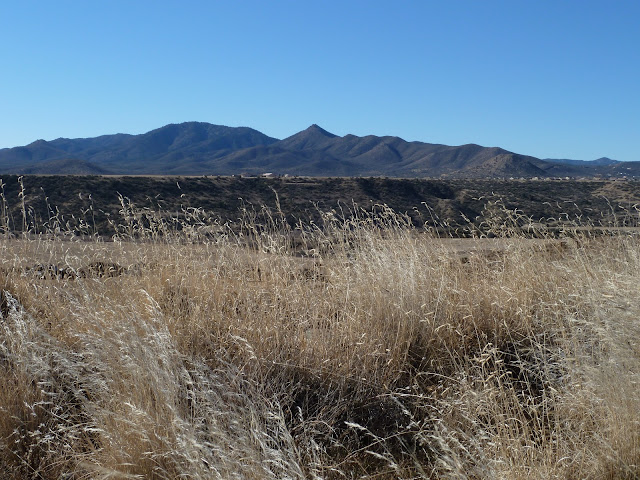I have been reminded recently, by book and by experience, of the necessity of living while alive.
For those reading this who have not (yet) read
Manalive! by G. K. Chesterton, may I advise you to quickly remedy that lack in your literary education. If you don't mind digital sources, it can be found numerous places online (and is free on Kindle), so it's easy to find. And it's pretty short. Go now. (Warning: spoilers ahead.)
While the whole book is full of delightfully quotable quotes, one of the best summarizing quotes is found at the end:
Yes, Innocent Smith has behaved here, as he has on hundreds of other occasions, upon a plain and perfectly blameless principle. It is odd and extravagant in the modern world, but not more than any other principle plainly applied in the modern world would be. His principle can be quite simply stated: he refuses to die while he is still alive. He seeks to remind himself, by every electric shock to the intellect, that he is still a man alive, walking on two legs about the world. For this reason he fires bullets at his best friends; for this reason he arranges ladders and collapsible chimneys to steal his own property; for this reason he goes plodding around a whole planet to get back to his own home; and for this reason he has been in the habit of taking the woman whom he loved with a permanent loyalty, and leaving her about (so to speak) at schools, boarding-houses, and places of business, so that he might recover her again and again with a raid and a romantic elopement. He seriously sought by a perpetual recapture of his bride to keep alive the sense of her perpetual value, and the perils that should be run for her sake.
There are many wondrous things to be seen and experienced in life, where ever I am, but all to often the old adage is true: familiarity breeds contempt. When I have been a long time in one place I find that experiencing new sights and places and help me re-awaken my zest for life, my wonder at the things I see. Seeing the oddities and foibles of another place reminds me to laugh at the familiar oddities as I see them again with renewed eyes. The mundane again becomes wondrous in comparison with the new.
With these thoughts in mind, I was blessed to spend a few days in Arizona. My dad had business (of a sort) in the area, and when we found a good deal on plane tickets, I got to tag along. We didn't have a lot of time to do much sight-seeing or exploring, so most of my pictures are taken from inside a car and most of my new experiences involved restaurants that don't exist in Montana, but I think I still managed to get a considerable amount of enjoyment from even these small adventures.
The first thing that was noticeable was the landscape. I was ridiculously excited to see palm trees again. We arrived at night, so not much was visible that night, but I do recall driving past a house that had a palm tree in their front yard, and I was really jealous. Later in the trip we noticed all the citrus in the Phoenix area and both my dad and I were rather jealous of the ability to grow orange and lemon trees in one's front yard. Here in Montana, though, we can grow snow drifts in our front yards, so I think that's a fair trade. ;)
The next morning (Tuesday) we drove north, the plentiful cactus growing more infrequent as we rose in altitude.
We tried to imagine herding cattle in the area. There was much more vegetation than in the Judean Wilderness...even more than in eastern Montana. However, most of the vegetation looked too prickly to make good cow food. I suppose they could manage (
mange?) if they needed to.
The next day (Wednesday) started in the Prescott area. I went for a walk and my still-wet hair froze. Still, it's a pretty area.
Later in the day we drove even further north, to Flagstaff. We saw the red cliffs of Sedona from a distance on the way. I was reminded of the red stones of Petra.
The Flagstaff area reminded me much more of Montana...just, generally flatter. And, ironically, higher too. And their elk crossing signs look like an odd blob with and elk head sticking out.
We spent the evening at Lowell Observatory, though it was too cold to go outside to see the stars. I was the only girl in a group of 7 and there were many science-y things discussed.
Thursday found us headed back south to Phoenix, though we did pause in Prescott for a moment to see these colorful houses:
As I got a clearer view of the geography of the Phoenix area, I realized that it reminded me of Wadi Rum. Well, Wadi Rum as it would be if millions of people lived there and they somehow found enough water to support them all. Still, it had the flat desert look, interrupted often and suddenly by randomly placed mountains.
(And for comparison, here's Wadi Rum:)
Besides observing the geographical and botanical differences, I enjoyed eating at different places, including In'n'Out, Chili's, the Olive Garden, Popeye's, and Manuel's.
I enjoyed seeing the situation and decoration of different hotels (and they made me appreciate my own room and bed much more.)
I enjoyed driving around Mesa with one of my dad's childhood friends and finding out that there are other towns with random metal sculptures on display.
I got to experience one of those famous Arizona sunsets.
I enjoyed reconnecting with an old friend...
...and some relatives.
And I enjoyed riding the airplane,
and arriving home, having been reminded that I am alive.







































